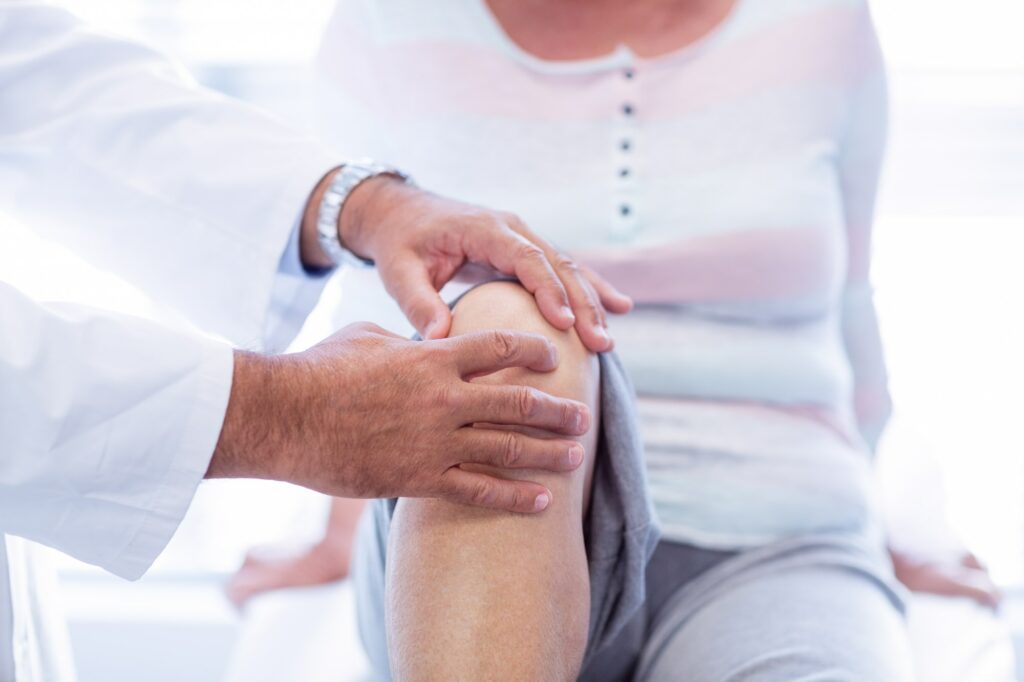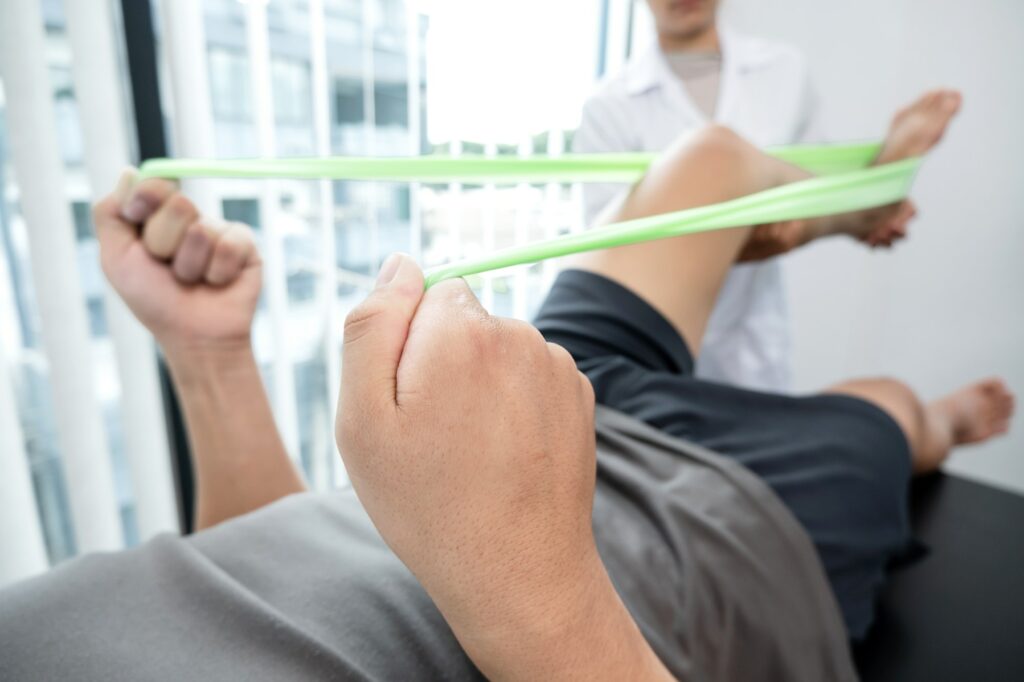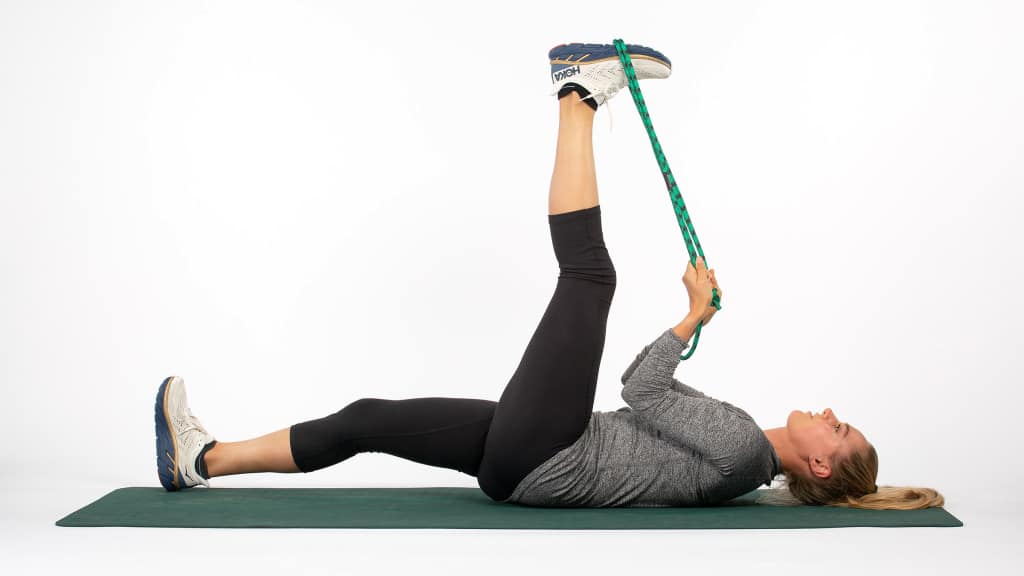Knee pain is a problem for most people, the elderly in particular. It can affect many athletes too, who may be injured or overwork the body. Our knees are vital as they allow us to go here and there. Persons with knee issues can often become immobile.
The pain can be so intense that they don’t want to walk. This reality is a severe problem, and those who suffer from such need help. Exercise is one of the many ways that persons with severe knee pain can do to bring relief.
Stretching the muscles directly around the knee cap is essential. Some tendons and muscles surround the knees, and certain types of stretches help to relieve pain. The patellar tendon (knee cap) connects to the quad tendon. The movement of these tendons is essential because of where it sits. If your patellar is tight, it pressures the joint, which causes pain. With that understanding, let us look at ten stretch workouts that can give pain relief.
Stretch One
Sit on an exercise mat or your carpet if you don’t have a mat. Stretch your leg out in front of you. Allow the muscle and tendons in your knee to relax; you can give it gentle shakes to assist. Place your fingers into the upper portion of your knee closest to your torso and press in gently. Press out and in and down and up, allowing the knee cap full motion. What you are doing is massaging the patellar while seated. This method is a simple but effective exercise.
Stretch Two

This stretch is called heel slides, which requires you to lay on your back with a pillow under your neck. Bend your knees until the bottom of your feet is flat on the surface. Slide your feet in an outstretch forward motion and then pull the foot in the opposite direction. This technique is a gentle procedure that requires no haste. Be sure to bring your knee to the original position each time and stretch the leg out completely when pushing away from the body.
Stretch Three

This method requires stretching the calf muscles using a strap. The muscles in the calf go up to the back of the knee, giving support. Working the calf muscle is vital as that muscle can pressure the joint to cause discomfort. You can use a belt to help with this stretch.
Sit in an upright position and stretch your leg in front of you. Use the belt to make a loop under your toes. Hold both ends of the belt and gently pull towards you; hold for five seconds, then release. This action will work the calf muscle without pressuring the knee.
Stretch Four

Hamstring stretches are another way to give the knee needed relief from pain. The reason is the same as for the calf muscle. These muscles connect and cross at the back of your knees. Stretching the hamstrings requires sitting with your legs stretched out as well.
Take the foot not being extended and bend towards your body. Then lean forward slightly without bending your back, putting slight pressure on the hamstring. Stay in the position for about five seconds, then release and go again. Doing a few reps of this daily should help.
Stretch Five

Stretch number five is a hamstring and calf combination using a belt or strap to stretch the muscles. As mention before, the muscles in the calf and hamstring cross the knees. Lie on your back with knees bent and feet flat on the floor. Remember to have your pillow handy for your head and neck.
Place the belt or strap at the bottom of your foot and stretch your leg out upward. Keep your knee fully extended and pull the strap or belt gently towards your body without bending the knee. Once you can feel the stretch in your calf and hamstring, hold it there for a few seconds and release it.
Stretch Six

The IT band (iliotibial) is the thick tissue that runs from the hips to the shinbone. It passes to the knees’ side and can cause stiffness if the band becomes stiff or tense. Due to the location of the IT Band, it can cause the knees to become pained. The technique for the IT Band stretch is similar to the calf and hamstring stretch.
However, once you take the strap and raise your leg upward, you swing your hips instead of pulling your leg towards your body. Keep your upper body straight, allowing only your bottom half to work. Once you feel the pull on the band as you stretch, keep in that position for five seconds before releasing it.
The stretches shown here are beneficial and used by real therapists. Doing these stretches regularly as part of a planned routine will help your knees feel better, eliminating the pain.
